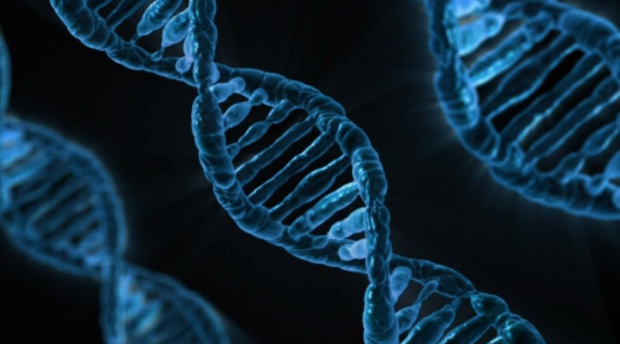Light-Activated CRISPR
- icshealthsciencejournal

- Jun 24, 2020
- 2 min read
Light-Activated CRISPR
Written By: Kandharika Bamrungketudom
June 24, 2020
A recent study published on June 11 by scientists from Johns Hopkins Medicine shows the successful usage of light as the trigger for the activation of CRISPR.
CRISPR, which stands for “Clustered Regularly Interspaced Short Palindromic Repeats,” is a system of genetic engineering that has been developed for human usage, modeled after the archeal and bacterial defenses against viruses. This immune system in archaea and bacteria consists of DNA sequences captured from viruses that have previously invaded the archaea or bacteria. The stored DNA sequences are known as CRISPR arrays. In future encounters, the archaea or bacteria would produce RNA strands, which have been previously stored as the CRISPR arrays, in order to target the virus’s genetic sequences specifically. Enzymes such as Cas9 (CRISPR-associated protein 9) would cut the DNA at the specific site, disabling the virus.
The CRISPR-Cas9 system works similarly in the lab. However, instead of using naturally synthesized RNA molecules, scientists have to artificially create RNA sequences that would bind to the target genes. The Cas9 enzyme or a similar enzyme (such as Cpf1) would then cut the DNA at the bound sequence. With this, scientists could then add or delete specific sequences within the DNA with precision.
As of the current time, the process of cutting genes can take many hours. This is where the usage of light-activated CRISPR comes in. Scientists at Johns Hopkins Medicine engineered a light-sensitive RNA molecule that would allow the CRISPR system to cut the DNA only when exposed to certain wavelengths of light. This allows scientists to have more control over the editing of CRISPR, since it eliminates the possibility of premature gene editing.
Research has also been carried out to compare the efficiency of drug-controlled CRISPR versus light-controlled CRISPR. Due to the fact that drugs diffuse throughout the cell, light controlled CRISPR offers better location control than drug controlled CRISPR. Furthermore, the amount of time it takes for light-activated CRISPR to finish repairing DNA after its activation is about 15 minutes, which is described by Taekjip Ha, Ph.D., to be a “very fast CRISPR on demand.”
This new technique opens doors for the possibility of using CRISPR to study DNA damage, how they are repaired and eventually to treat diseases linked to one abnormal gene copy.
In finality, however, the technique of using CRISPR in humans is still being studied to ensure that it is safe for human use. If proven useful and safe, many single-gene diseases such as cystic fibrosis, hemophilia, sickle cell disease, and Huntington’s disease may be treated using this technique. CRISPR also holds the hope for treating more complex diseases such as cancer, heart diseases, mental illness, and HIV infections. Despite these hopes, there are yet many barriers that scientists and health care professionals have to overcome such as safety and ethical issues before CRISPR could be implemented in humans.






Comments